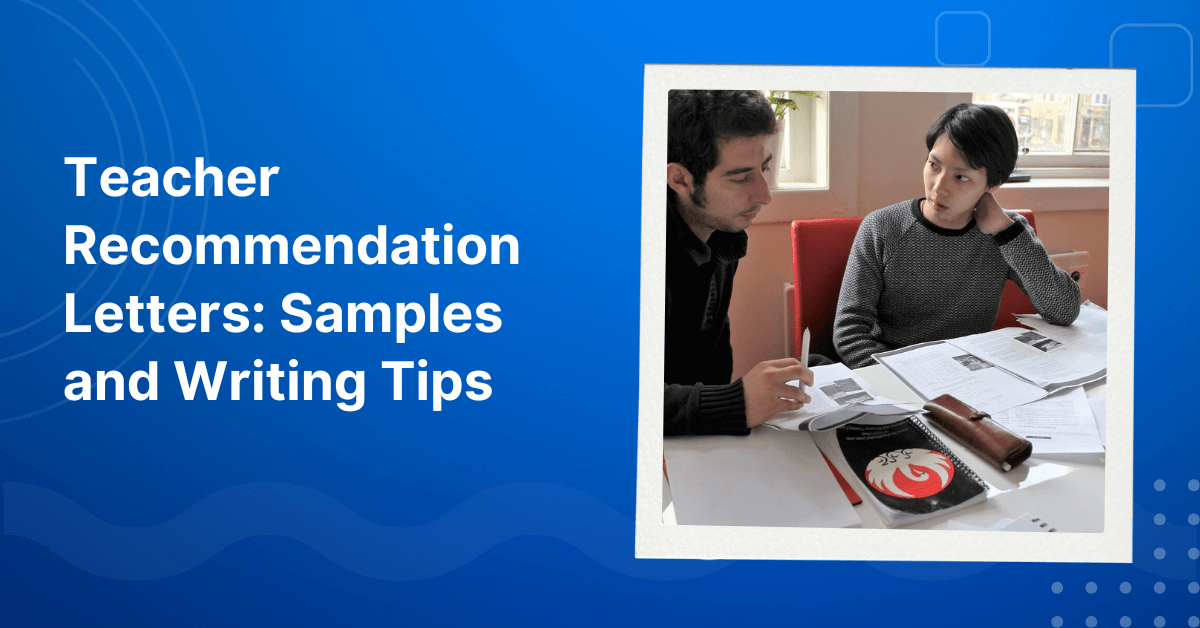Turn and Talk strategy encourages students to actively participate in their own learning process. By providing opportunities for peer-to-peer interaction, this method not only enhances students’ understanding of the subject matter but also promotes critical thinking, collaboration, and communication skills. In this article, VTJ will discuss the benefits of implementing the Turn and Talk strategy in the classroom and discuss practical tips for effectively incorporating it into various educational settings.
>>>Read more: Project-based learning (PBL): Benefits, Examples & Ideas
>>>Read more: 13 Types of Students in the Classroom and How to Deal with Them
What Is The Turn And Talk Strategy?

What Is The Turn And Talk Strategy? Turn and Talk strategy encourages students to engage in meaningful discussions with their peers
The Turn and Talk strategy is an interactive learning technique that encourages students to engage in meaningful discussions with their peers during classroom activities. It involves dividing students into pairs or small groups and providing them with specific prompts or questions related to the lesson. Students then take turns sharing their thoughts, ideas, and insights with their partners, actively listening and responding to each other’s contributions.
>>>Read more: Meaningful Feedback for Students: Importance, Tips and Examples
>>>Read more: What is Independent Learning and How It Works: A teacher’s guide
Is The Turn And Talk Strategy Effective?
Numerous studies have shown the effectiveness of the Turn and Talk strategy in enhancing student learning outcomes. By actively engaging in discussions with their peers, students are able to construct their own knowledge, clarify their understanding, and develop higher-order thinking skills. This strategy also fosters a collaborative learning environment, where students learn from each other’s perspectives and build upon collective knowledge. Additionally, Turn and Talk encourages students to become more confident in expressing their ideas and opinions, leading to increased engagement and motivation in the classroom.
>>>Read more: What Is Inquiry-Based Learning (IBL)? Types, Benefits & How to Use
>>>Read more: 10+ Strategies of How to Teach Reading Comprehension in the Class
How To Implement Turn And Talk Strategy
Implementing the Turn and Talk strategy requires careful planning and consideration. Here are some practical tips to effectively incorporate this strategy into your classroom:
- Set clear expectations: Clearly communicate the purpose and guidelines of Turn and Talk to your students. Explain the importance of active listening, respectful communication, and equal participation.
- Choose appropriate prompts: Select prompts or questions that are relevant to the lesson objectives and encourage critical thinking. These prompts should stimulate meaningful discussions and allow students to share their perspectives.
- Establish time limits: Set specific time limits for each turn and ensure that all students have an equal opportunity to speak and listen. This helps maintain focus and keeps the discussions on track.
- Monitor and facilitate: Circulate around the classroom, actively listen to student conversations, and provide guidance or clarification when needed. Encourage students to ask questions, challenge each other’s ideas, and provide constructive feedback.
- Reflect and debrief: After the Turn and Talk activity, provide time for students to reflect on their discussions and share key takeaways with the whole class. This promotes metacognition and reinforces the learning process.
>>>Read more: 5 Types of Teaching Styles (Their Pros & Cons)
Pairing Students For Turn And Talk Strategy

Pairing Students For Turn And Talk Strategy is a pivotal aspect of its successful implementation
Pairing students for the Turn and Talk strategy is a pivotal aspect of its successful implementation in the classroom. Thoughtful pairing can greatly influence the quality and depth of discussions. When considering how to pair students effectively, educators should take into account factors such as diverse learning styles, abilities, and personalities. Encouraging diversity in pairings can stimulate richer conversations and foster an environment of inclusivity. Additionally, rotate pairs periodically to foster a diverse range of interactions and ensure that all students have the opportunity to work with various classmates.
>>>Read more: How to Use the Think-Pair-Share Activity to Engage Your Students
The Importance Of Modeling In Turn And Talk Strategy
Modeling plays a pivotal role in the Turn and Talk strategy, offering students a tangible blueprint for how to engage effectively in collaborative discussions. By observing their teacher or facilitator model Turn and Talk interactions, students gain a clear understanding of the expectations for active participation, respectful communication, and the overall structure of the activity. This modeling not only clarifies the mechanics of Turn and Talk but also serves as a powerful teaching tool that empowers students to emulate the demonstrated behaviors, ultimately fostering a classroom environment of cooperative learning.
>>>Read more: What is Active Listening Skills: Types, Techniques & Examples
Example Lesson: Using The Turn And Talk Strategy In Vocabulary Instruction

Example Lesson: Using The Turn And Talk Strategy In Vocabulary Instruction
Incorporating the Turn and Talk strategy into vocabulary instruction can breathe new life into language learning, making it engaging and interactive. Let’s delve into an example lesson plan to illustrate how this strategy can be effectively employed:
Lesson Objective: To enhance students’ understanding and retention of new vocabulary words through collaborative discussions.
Materials
- Vocabulary words (pre-selected by the teacher)
- Chart paper or whiteboard
- Markers or chalk
- Timer or stopwatch
Introduction (5 minutes): Introduce the Turn and Talk strategy as a way for students to actively engage with vocabulary words and reinforce their learning. Emphasize that using effective strategies can help students remember and understand new words more easily.
Instruction (15 minutes):
- Write the first vocabulary word on the chart paper or whiteboard.
- Model the Turn and Talk strategy by selecting a student to be your partner.
- Explain that the Turn and Talk strategy involves taking turns with a partner to discuss the meaning, usage, and any connections they can make with the given vocabulary word.
- Demonstrate a sample conversation with your partner, using the vocabulary word as the topic.
- Encourage students to ask questions, provide examples, and share personal experiences related to the word during their discussions.
- After the demonstration, ask students to pair up with a partner.
Practice (20 minutes)
- Provide each pair of students with a set of vocabulary words.
- Instruct students to take turns using the Turn and Talk strategy to discuss each word in their set.
- Set a timer for 2-3 minutes for each discussion round.
- Circulate around the classroom, monitoring students’ conversations, and providing support as needed.
- After each round, ask a few pairs to share their discussions with the whole class, highlighting different perspectives and insights.
Common Challenges And Solutions For Turn And Talk Strategy
|
Challenges |
Solutions |
| Some students may dominate the conversation while others remain passive or disengaged. | Encourage equal participation by setting clear time limits for each partner to speak during Turn and Talk sessions. You can also use prompts or questions that require both partners to contribute, ensuring a balanced exchange of ideas. |
| Students may veer off-topic or engage in unrelated discussions during the Turn and Talk activity. | Provide clear and focused discussion prompts or questions that align with the lesson objectives. Monitor students’ conversations and redirect them back to the vocabulary word or topic if they go off-track. |
| Students may have varying levels of proficiency or understanding of the topic, which can affect the quality of discussions. | Pair students strategically. Pairing a more proficient student with one who needs extra support can benefit both learners. |
| Some students may feel hesitant or uncomfortable speaking in front of their peers, hindering their participation in the Turn and Talk activity. | Create a supportive and inclusive classroom environment where students feel safe to express their ideas. Start with low-stakes Turn and Talk activities to build confidence gradually. Encourage active listening by instructing students to paraphrase their partner’s ideas, which can help hesitant speakers feel more comfortable. |
The Turn and Talk strategy represents a powerful tool to transform the learning experience within our classrooms. By facilitating active participation, encouraging collaboration, and nurturing effective communication skills, Turn and Talk empowers students to become active agents in their own education. As we’ve explored the principles, benefits, and practical applications of this strategy, it is evident that Turn and Talk can bridge the gap between traditional instruction and modern pedagogical approaches that emphasize student-centered learning.
Are you facing difficulties in finding and securing teaching positions in Vietnam? Are visa procedures causing you trouble? Feeling overwhelmed and directionless upon your arrival in Vietnam for teaching assignments? Don’t worry, VTJ’s English Teaching Placement in Vietnam (EPIV) Program 2024 provides comprehensive support to solve ALL the matters.
👉👉👉 Click HERE to request free consultation



